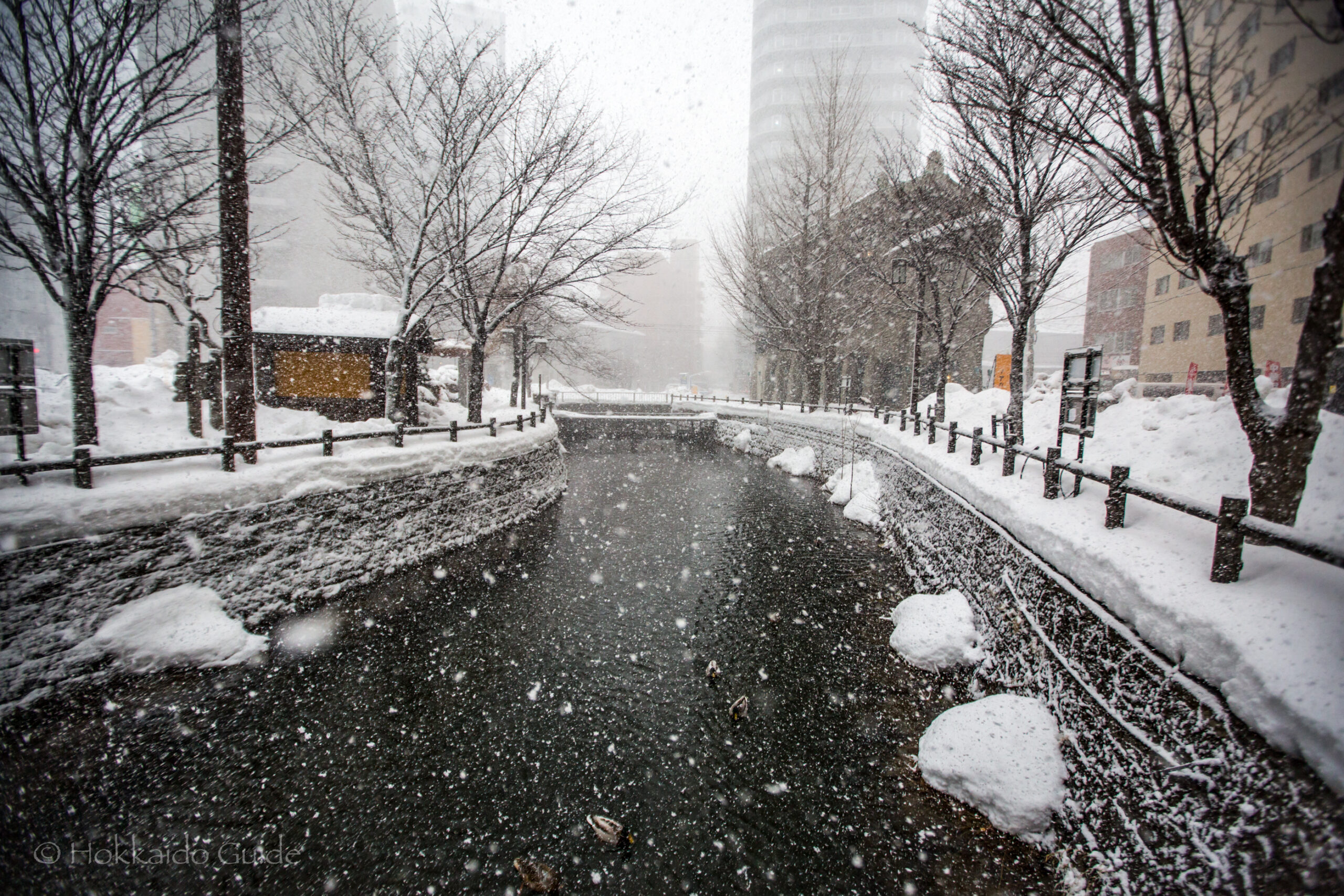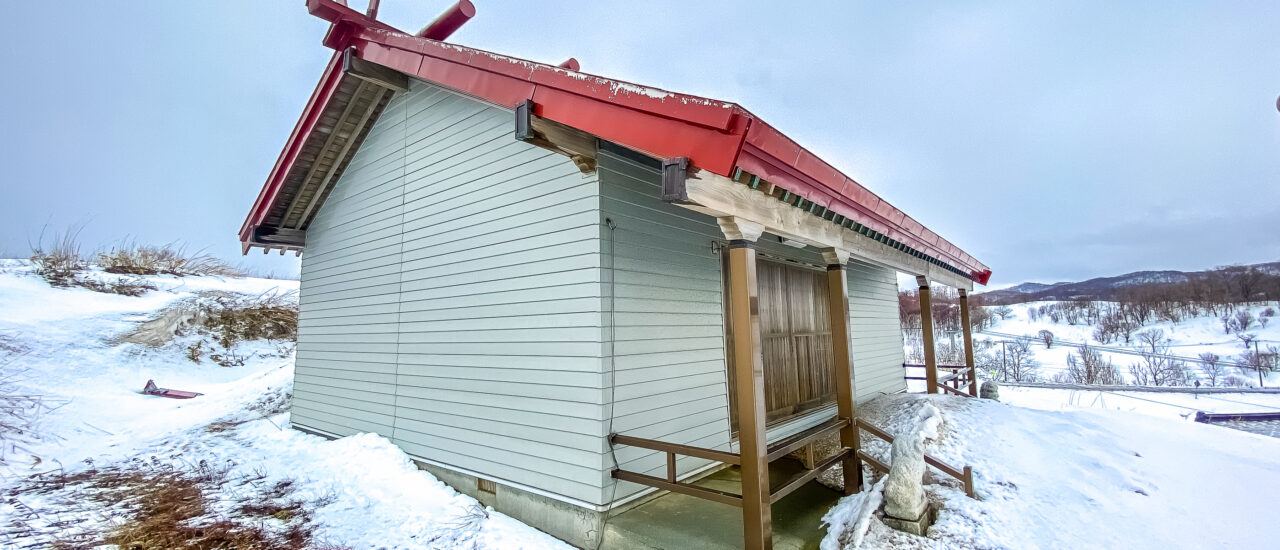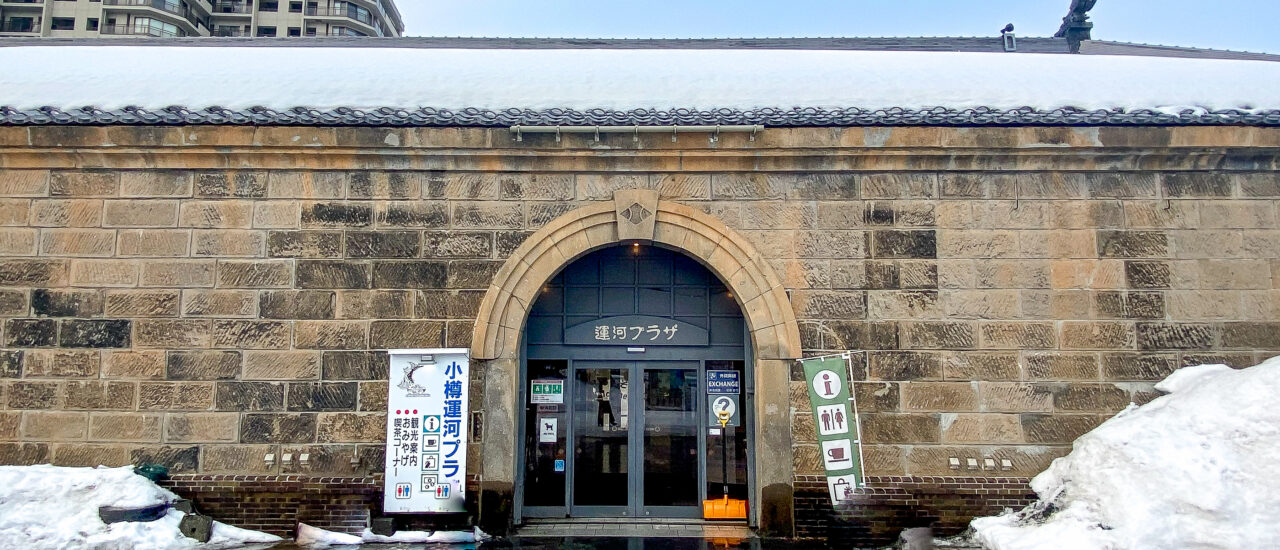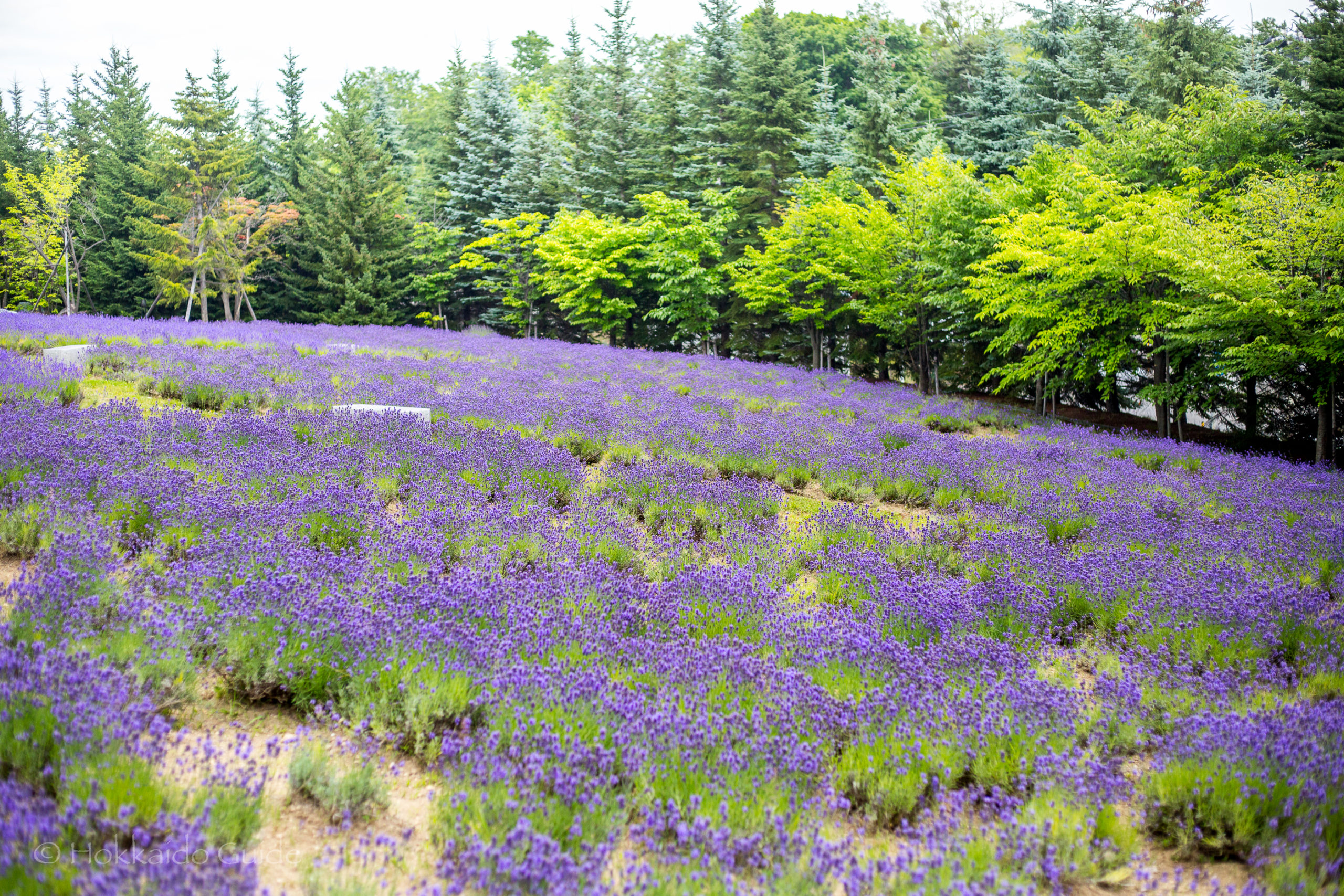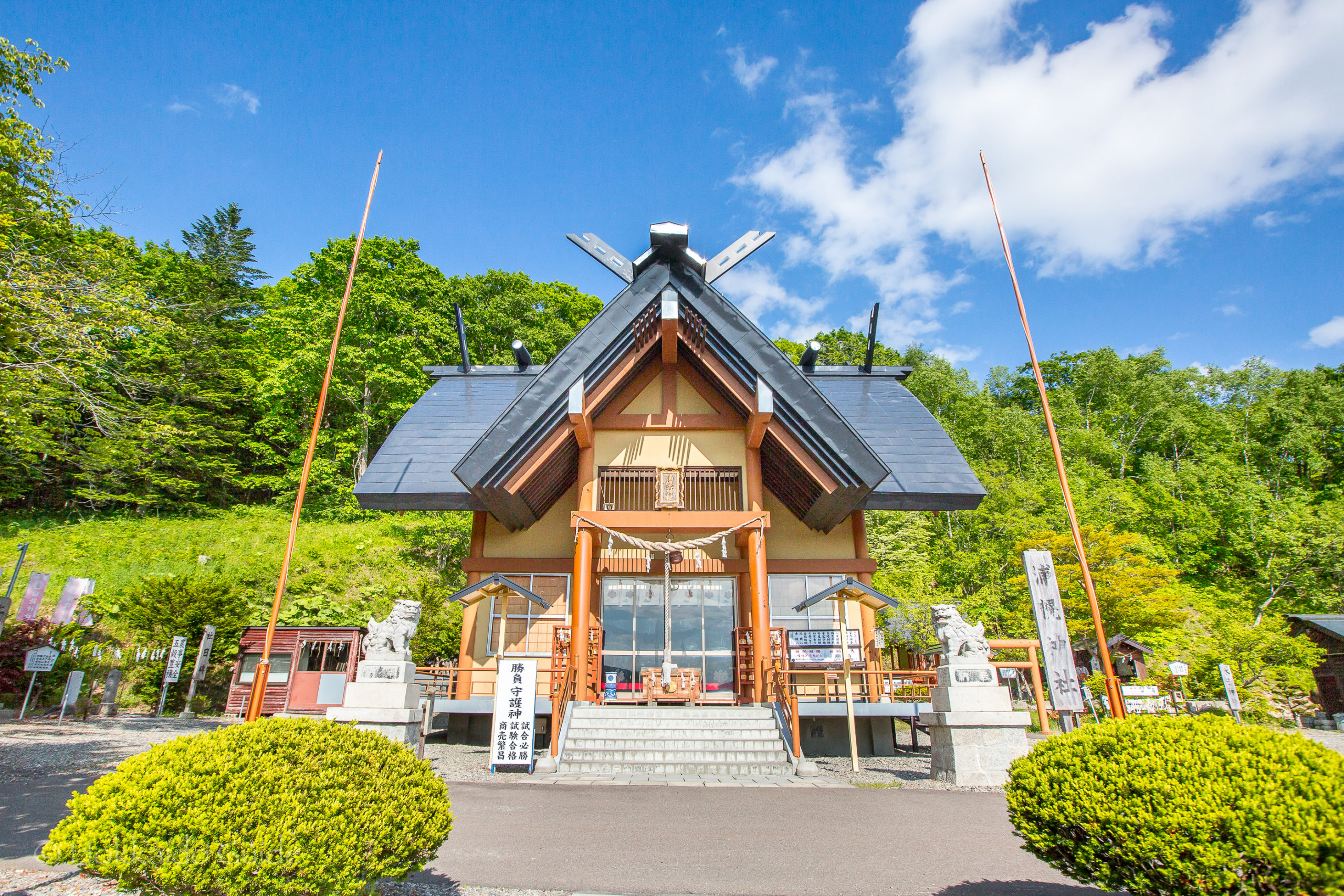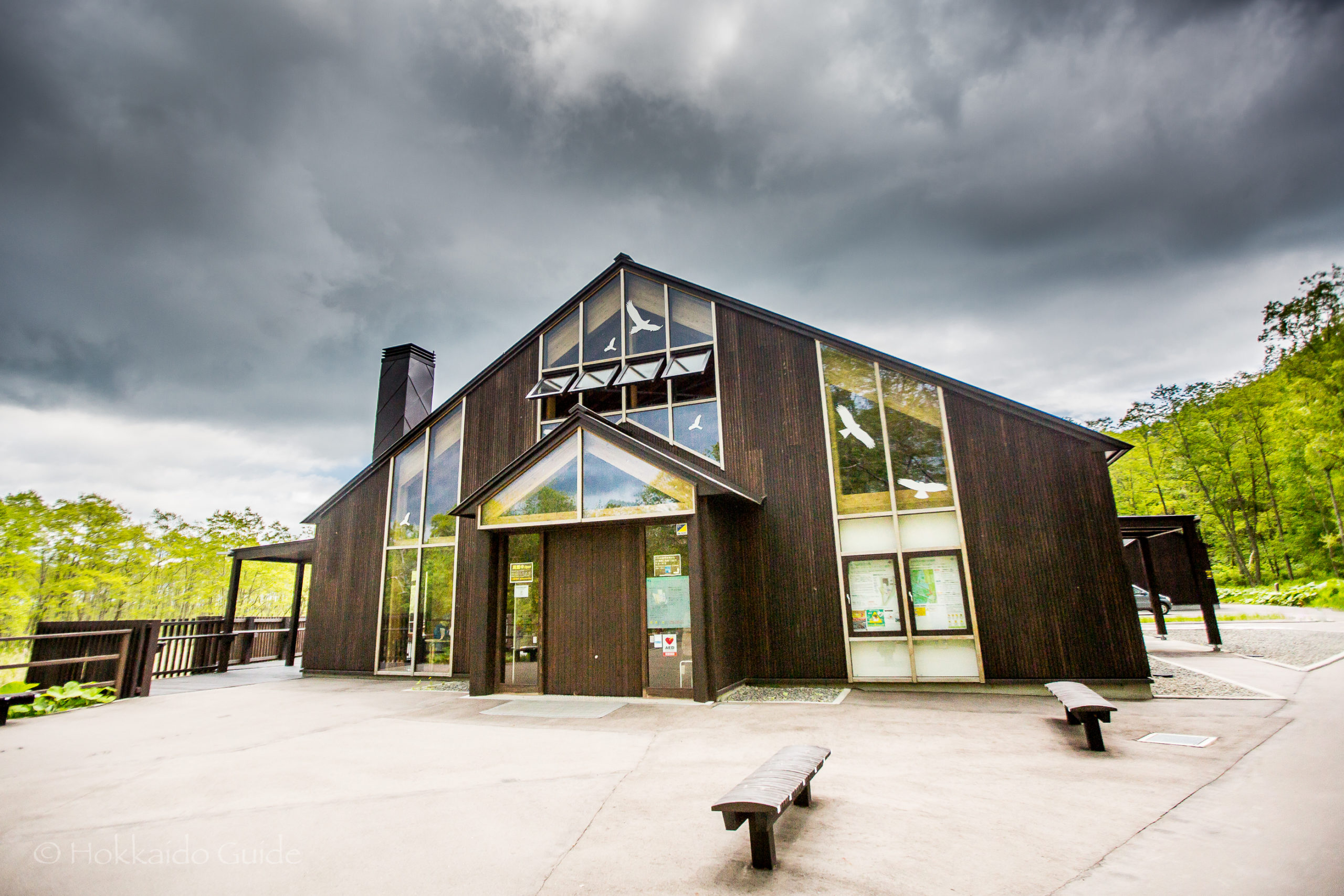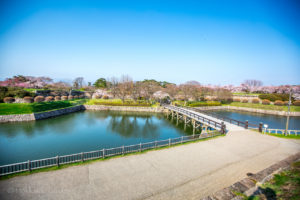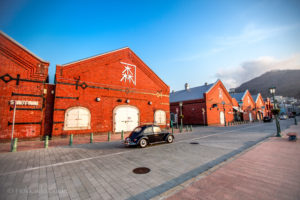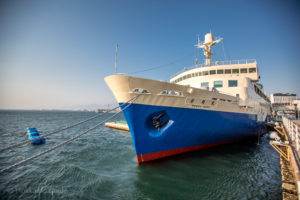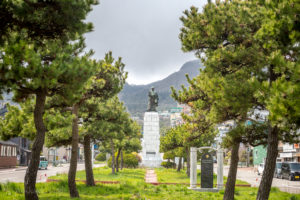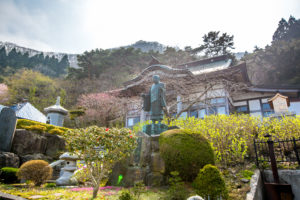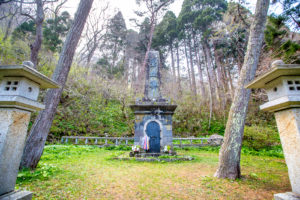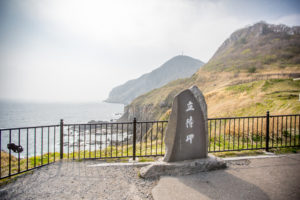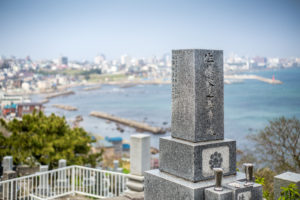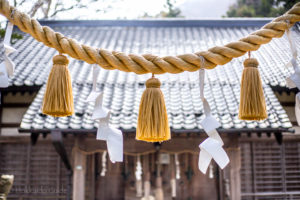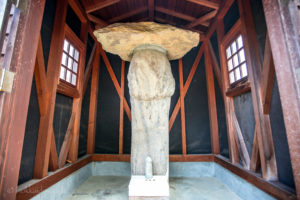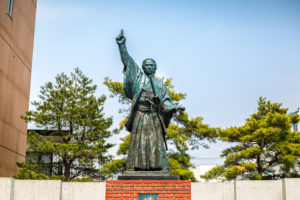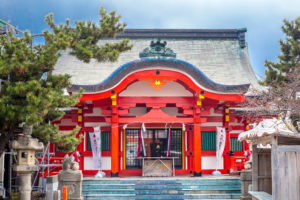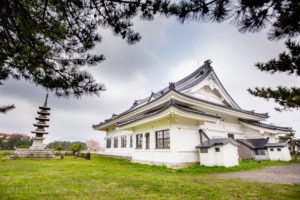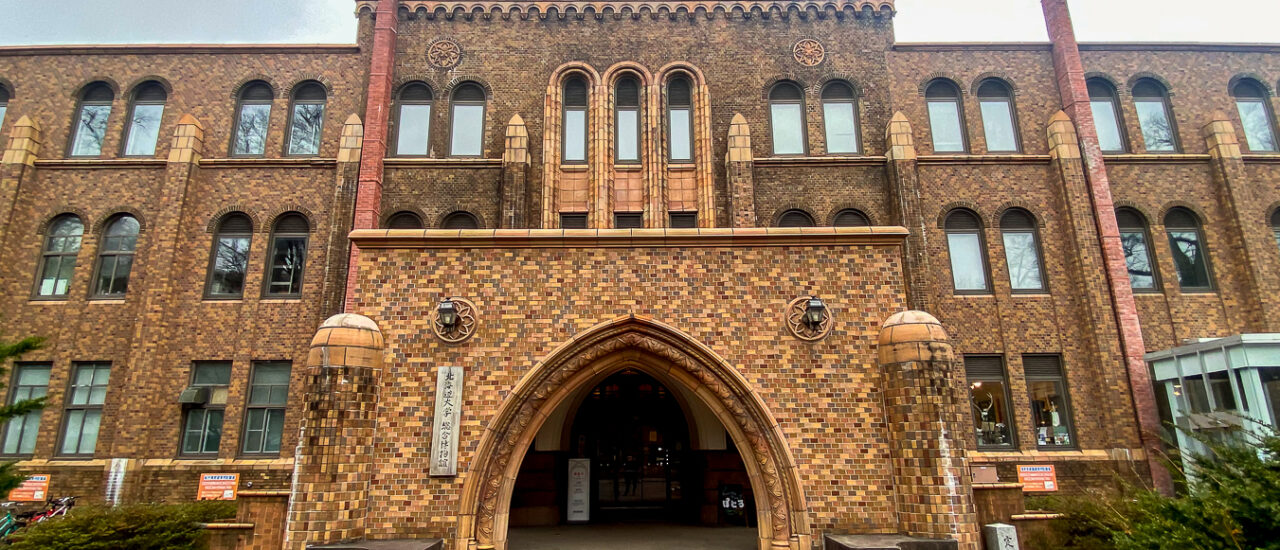
Southern Hokkaido
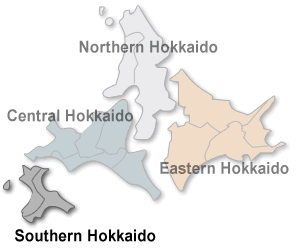 Historically speaking, Southern Hokkaido was the commercial and also for a limited time, political center of Hokkaido and offers a look into the past of this region. During the cold winter months this area also offers slightly more mild weather than the rest of the prefecture. Besides history, there is also still plenty of natural beauty and one of the oldest hot spring areas in Hokkaido.
Historically speaking, Southern Hokkaido was the commercial and also for a limited time, political center of Hokkaido and offers a look into the past of this region. During the cold winter months this area also offers slightly more mild weather than the rest of the prefecture. Besides history, there is also still plenty of natural beauty and one of the oldest hot spring areas in Hokkaido.
EVENTS | AREA TOP |
| SOUTHERN HOKKAIDO CITIES | |
|---|---|
| - Hakodate | |
- Goryōkaku Fort & Park was designed in 1855 by the scholar and the architect, Takeda Ayasaburō. His design was based on the work by the French architect, Vauban. The design is in the shape of a five-pointed star.
- Sitting on the old Hakodate pier, the Kanemori Red Brick Warehouse is a commercial shopping area. Kumashiro Watanabe founded the first warehouse business in Hakodate, which lead to the current site. Constructed in 1909, it consists of four large facilities.
- The Mashu Maru is a ship that once served as a ferry and was the link between Hokkaido and the main island of Honshu. This ferry was in service until its last day on March 13, 1988. It is now moored at the old Hakodate number 2 quay. This platform was the actual platform from which the Mashu Maru operated from.
- In Hakodate, at the base of the slope that leads up to Mt. Hakodate there is a narrow green space that runs for about five blocks. This green space is a really pleasant area to take a stroll along. On both sides the park is flanked by some nice old buildings. The green space is home to various statues and there is a historical site here as well.
- Gagyusanmyoshin Temple is a Buddhist temple tucked up in the hills of Mt. Hakodate. It is a large temple and being up on the slopes of Mt. Hakodate, has views overlooking the residential area of Hakodate. It is also on the way to the Hekketsu-hi Monument, which is a short walk away.
- The Hekketsu Monument is the centre piece for the burial and tribute for the 800 samurai and their leaders who died fighting against government forces in the Boshin War. This war included, specifically, the Battle of Hakodate. This battle in 1869 was the samurai's last stand.
- Cape Tachimachi is on the south east side of the Hakodate headland. Rising thirty meters above sea level, Cape Tachimachi has beautiful views over the Tsugaru Strait. The word 'Tachimachi' is derived from the Ainu word 'Yokoushi' which means, a place to wait and catch fish.
- The cemetery of Hakodate Shiei Sumiyoshimachi Kyodo can be found on the headland in Hakodate. It is a very captivating place as it has views overlooking southern Hakodate and being on the edge of the bluff, it has great views overlooking the ocean.
- Sumiyoshi Shrine is a shinto shrine in Hakodate. It is located on the cape near the base of Mt. Hakodate. It is not a far walk from the ocean, on the eastern side of the headland. The founding date of the shrine is unknown, however according to local stories passed down, the shrine was built during the Kamakura period, which was established in 1192 (bringing the start of the samurai).
- This may not be high on the must see things in Hakodate but it is certainly up there in terms of uniqueness. This appropriately named shrine can be found near the base of Mt. Hakodate. The Japanese word 'Chinpo' translates to 'penis' in English. Alternatively, the word Chinpō also translates into 'rare treasure'.
- In Hakodate, at the base of the slope that leads up to Mt. Hakodate there is a narrow green space that runs for about five blocks. This green space is a really pleasant area to take a stroll along. On both sides the park is flanked by some nice old buildings. The green space is home to various statues and there is a historical site here as well.
- Sakamoto Ryoma was born on 3 January 1836, and grew up to be a master swordsman and lower class samurai who opposed the Tokugawa Shogunate. He was against the modernization and westernization of Japan, though he was a visionary who dreamt of an independent Japan without feudalism.
- By the shores of Ōmori Beach there is a Shinto Shrine called Daimoriinari Shrine. The year of its founding is unknown due to the great fires in Hakodate. However, there is a map from the Kanbun Era dated back to the 1600's with the name of the temple on it so the temple is estimated to be around 350 years old.
- Ōmori Park is a large green space in Hakodate. It is used for sporting events (namely baseball), and as a play area for children. At the northern end of the park, you can find an impressive memorial hall and burial site. The park is popular for those looking to keep fit, as it has outdoor exercise equipment, plus it being a good spot to jog around.
Hakodate –
Mount Hakodate
 Lying at the southern end of the central Hokkaido peninsula Mount Hakodate (Hakodateyama) is 334 meters high and allows a spectacular view of both the city and the Tsugaru Strait. On clear days and especially at night, the view of Hakodate from the mountain is quite amazing and is said to be amongst the three most beautiful views in the world. The cable car connects to an observatory at the top of the mountain. Inside there are souvenir shops, a restaurant with incredible views, and an events hall where monitors play a show about the four seasons of Hakodate. The temperature at the top of the mountain, even in summer, is slightly cool and winds can cause even cooler temperatures. The cable car which holds up to 125 people will depart every ten minutes in peak times. It is possible to drive to the top of the mountain in the warm months after the cable car service has finished operation for the day. (After approximately 10 pm) Top
Lying at the southern end of the central Hokkaido peninsula Mount Hakodate (Hakodateyama) is 334 meters high and allows a spectacular view of both the city and the Tsugaru Strait. On clear days and especially at night, the view of Hakodate from the mountain is quite amazing and is said to be amongst the three most beautiful views in the world. The cable car connects to an observatory at the top of the mountain. Inside there are souvenir shops, a restaurant with incredible views, and an events hall where monitors play a show about the four seasons of Hakodate. The temperature at the top of the mountain, even in summer, is slightly cool and winds can cause even cooler temperatures. The cable car which holds up to 125 people will depart every ten minutes in peak times. It is possible to drive to the top of the mountain in the warm months after the cable car service has finished operation for the day. (After approximately 10 pm) Top
| Admission | ¥640 one way / ¥1 160 return |
| Opening Hours | 10 am to 10 pm April 26 to October 31 10 am to 9 pm Nov 1 to Aril 25 |
| Closed | For a short time in early November for yearly service. |
| Contact | 138-23-3105 |
| Getting There | (Ropeway) 19-7 Motomachi Hakodate |
Hakodate –
Fort Goryokaku
 Constructed from 1857 to 1864 as Japan’s first Western style fort Goryokaku, is now a park and home to some 1 600 cherry trees. Shaped like a star boats can be rented for use in the moat that completely surrounds this beautiful area. The fort is also famous as the area where the Edo Shogunate Samurai had there last stand against the newly formed Meiji Imperial Army. Inside the park there is a small museum that displays weapons, uniforms and other historical articles related to these events. The whole area can be viewed from the Goryokaku Tower. Approximately 50 meters high and standing near the park entrance it gives you a great view of the star shape and the general area. Top
Constructed from 1857 to 1864 as Japan’s first Western style fort Goryokaku, is now a park and home to some 1 600 cherry trees. Shaped like a star boats can be rented for use in the moat that completely surrounds this beautiful area. The fort is also famous as the area where the Edo Shogunate Samurai had there last stand against the newly formed Meiji Imperial Army. Inside the park there is a small museum that displays weapons, uniforms and other historical articles related to these events. The whole area can be viewed from the Goryokaku Tower. Approximately 50 meters high and standing near the park entrance it gives you a great view of the star shape and the general area. Top
| Admission | Tower – Adults ¥520 |
| Opening Hours | 8 am to 8 pm Daily |
| Closed | - |
| Contact | - |
| Getting There | From JR Hakodate Station, take a tram to the “Goryokaku Koen Mae” stop (10 minutes). From there, the fortress is another 5-10 minutes on foot. |
Hakodate –
Kanemori Red Brick Warehouses
 Originally built in 1909 by the Kanemori Beer and Shipping Company, these warehouses were remodeled in 1988 into a beer hall, shopping area and multi use hall. The harbor area and warehouse area a lovely place to spend a relaxing morning or a romantic stroll at night. Try the famous Hakodate beer which has been in production since 1898. Top
Originally built in 1909 by the Kanemori Beer and Shipping Company, these warehouses were remodeled in 1988 into a beer hall, shopping area and multi use hall. The harbor area and warehouse area a lovely place to spend a relaxing morning or a romantic stroll at night. Try the famous Hakodate beer which has been in production since 1898. Top
| Admission | - |
| Opening Hours | - |
| Closed | - |
| Contact | 138-23-0350 |
| Getting There | The Warehouses are approximately a ten minute walk from JR Hakodate Station between the station and Mt Hakodateyama. 14-16 Suehiro-cho Hakodate |
Hakodate –
Trappistine Convent
 This beautiful brick building with a green tinted roof was Japans first all female convent and was constructed in 1898 by eight nuns from France. Today, there are about 70 nuns still living and working in the convent. They are self sufficient and support themselves by managing fields and dairy farms. While visitors are not permitted to enter the convent itself you may enter the front yard and there are also some photographs displayed in the visitors reference room that show the history of the convent and its inhabitants. There is also a convent store where particularly delicious and well known home-made biscuits, sweets, butter and handicrafts are for sale. Top
This beautiful brick building with a green tinted roof was Japans first all female convent and was constructed in 1898 by eight nuns from France. Today, there are about 70 nuns still living and working in the convent. They are self sufficient and support themselves by managing fields and dairy farms. While visitors are not permitted to enter the convent itself you may enter the front yard and there are also some photographs displayed in the visitors reference room that show the history of the convent and its inhabitants. There is also a convent store where particularly delicious and well known home-made biscuits, sweets, butter and handicrafts are for sale. Top
* Please note that whether you are religious or not this is a fully working convent and some Nuns may have taken vows of silence. Please be respectful at all times.
| Admission | - |
| Opening Hours | - |
| Closed | - |
| Contact | 138-57-3331 |
| Getting There | Approximately ¥ 2,500 by taxi from JR Hakodate station or Five minutes from Hakodate Airport 346 Kamiyunokawa-cho Hakodate |
Hakodate –
Yunokawa Onsen
 This hot spring area was discovered about 360 years ago and is the oldest hot spring area in Hokkaido. There are many hotels, inns and restaurants situated in this area overlooking the Straits of Tsugaru. It is also a popular swimming spot during the summer. The night scenery can be quite lovely with the lights of the fishing boats reflecting on the water. The spring water is salty but clear and is said to be of great value for your health. There are also some bathing areas for local monkeys where you may take some photos. Top
This hot spring area was discovered about 360 years ago and is the oldest hot spring area in Hokkaido. There are many hotels, inns and restaurants situated in this area overlooking the Straits of Tsugaru. It is also a popular swimming spot during the summer. The night scenery can be quite lovely with the lights of the fishing boats reflecting on the water. The spring water is salty but clear and is said to be of great value for your health. There are also some bathing areas for local monkeys where you may take some photos. Top
* If you are unsure of Japanese hot spring bathing etiquette, please click here for our help page.
| Admission | - |
| Opening Hours | - |
| Closed | - |
| Contact | - |
| Getting There | Take the streetcar from JR Hakodate Station to the Yunokawa Onsen Station Approximately 40 minutes. Street Car Map |

